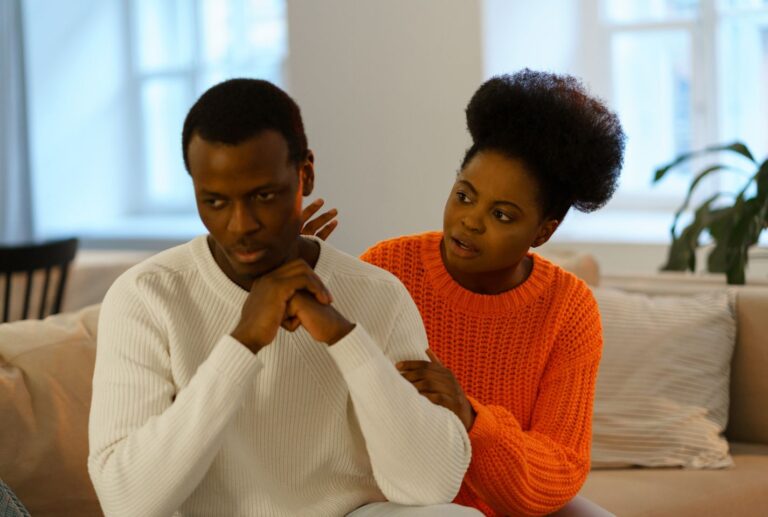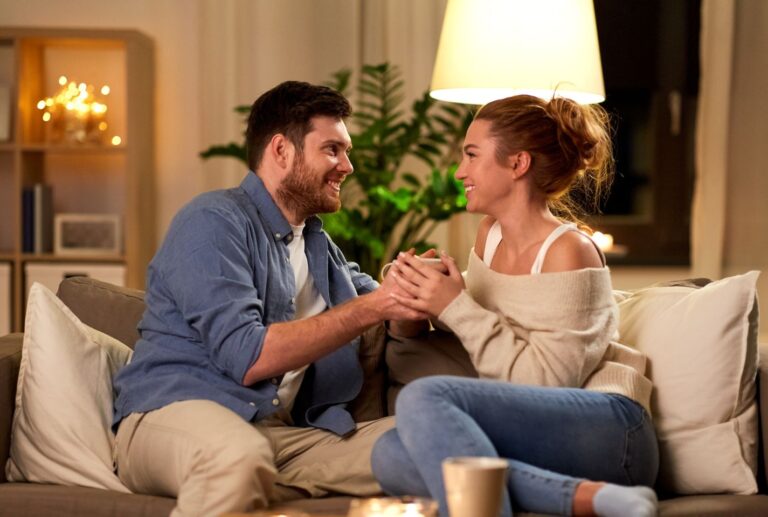As a relationship coach with over 15 years of experience counseling couples, I have worked with my fair share of clients struggling in their relationships with avoidant partners. The push and pull dynamic can be draining, leaving the non-avoidant partner constantly feeling rejected and abandoned.
Many have asked me – what happens when you stop chasing an avoidant? Does stopping the pursuit finally lead the avoidant partner to commit and invest in the relationship? Or does it only push them further away for good?
The truth is, there is no one clear answer. However, in my practice, I have noticed several common themes and outcomes when the chasing stops. Gaining clarity into these patterns can empower you to make wise choices regarding your relationship and equip you to handle the next steps, whether you decide to walk away or give it one more try.
What is an Avoidant Attachment Style?

Before diving into the outcomes, let’s quickly define whatavoidants are and review their key characteristics. Individuals with an avoidant attachment style generally:
- Have difficulty with emotional intimacy and vulnerability
- Are extremely independent and self-sufficient
- Dislike neediness or “clingy” partners
- Need a lot of personal space and alone time
- Have a fear of commitment
- Pull away when feeling “trapped” or overwhelmed in relationships
The root of this attachment style generally stems from early childhood experiences that imprinted messages of unreliability when it comes to depending on others.
As children, avoidants learned that the best way to protect themselves was to remain emotionally distant and not ask for help or support. These coping mechanisms then carry over into adulthood, causing relationship struggles.
Why Do Non-Avoidants Often Get Caught in the Trap of Chasing?
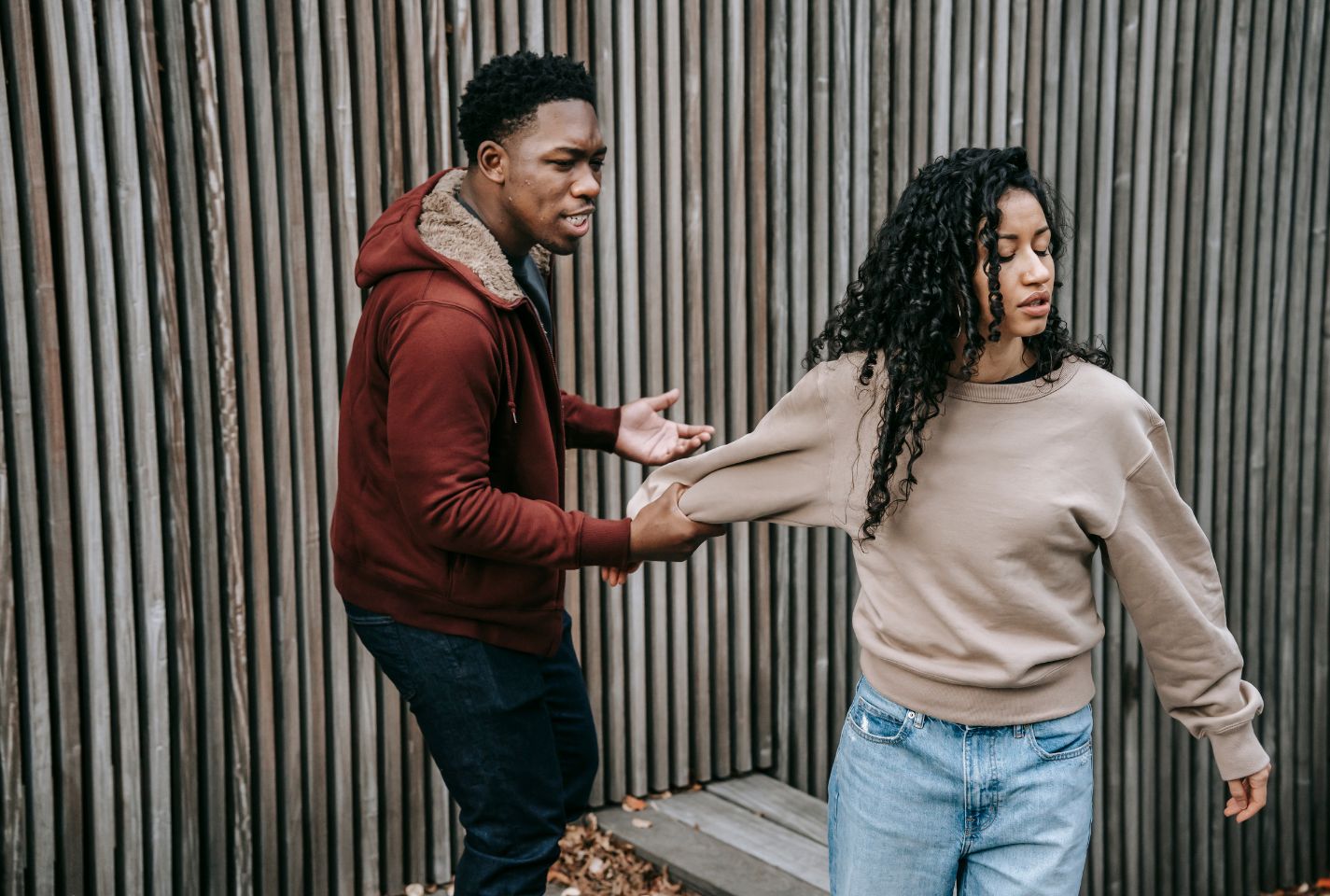
When an avoidant partner pulls away, the natural inclination of the non-avoidant partner is to chase harder to regain emotional closeness. This pursuit is often fueled by anxiety, fear of loss, and even low self-worth.
Non-avoidants may blame themselves, thinking “if only I were better somehow, then they would love me and stop withdrawing.” They hope that by pursuing an avoidant relentlessly, they’ll finally “win their love” and change their avoidant tendencies.
Unfortunately, this chasing dynamic only pushes avoidants further away, reinforcing their fear of engulfment. So what tends to happen when the chasing stops?
Stage 1: Initial Relief

In the early days to weeks after the chasing ends, avoidants predominantly feel relief – their greatest fear of being emotionally trapped or overwhelmed is assuaged.
Their personal space bubbles have expanded, and pressure to meet their partner’s needs has diminished. Lightheartedness often emerges during this honeymoon phase.
Common Thoughts/Feelings in Stage 1

- “Phew, finally I can relax and not worry about meeting their expectations.”
- “I’m no longer feeling guilty or anxious all the time in this relationship.”
- “It feels nice to have my freedom back.”
For non-anxious avoidants who have lost interest in their relationships, the relief and happiness over having their autonomy restored can last indefinitely.
Stage 2: Confusion/Curiosity

However, for avoidants who still hold affection for their partners, once the initial high wears off (typically a few weeks to months in), confusion and curiosity may begin bubbling to the surface:
- “It’s strange not having them pursue me anymore. I wonder why they stopped?”
- “Did they meet someone else?”
- “Maybe they don’t care anymore?”
Niggling doubts sneak in, and they may find themselves periodically checking their former partner’s social media to piece clues together about their absence.
Stage 3: Loss/Panic Emerges
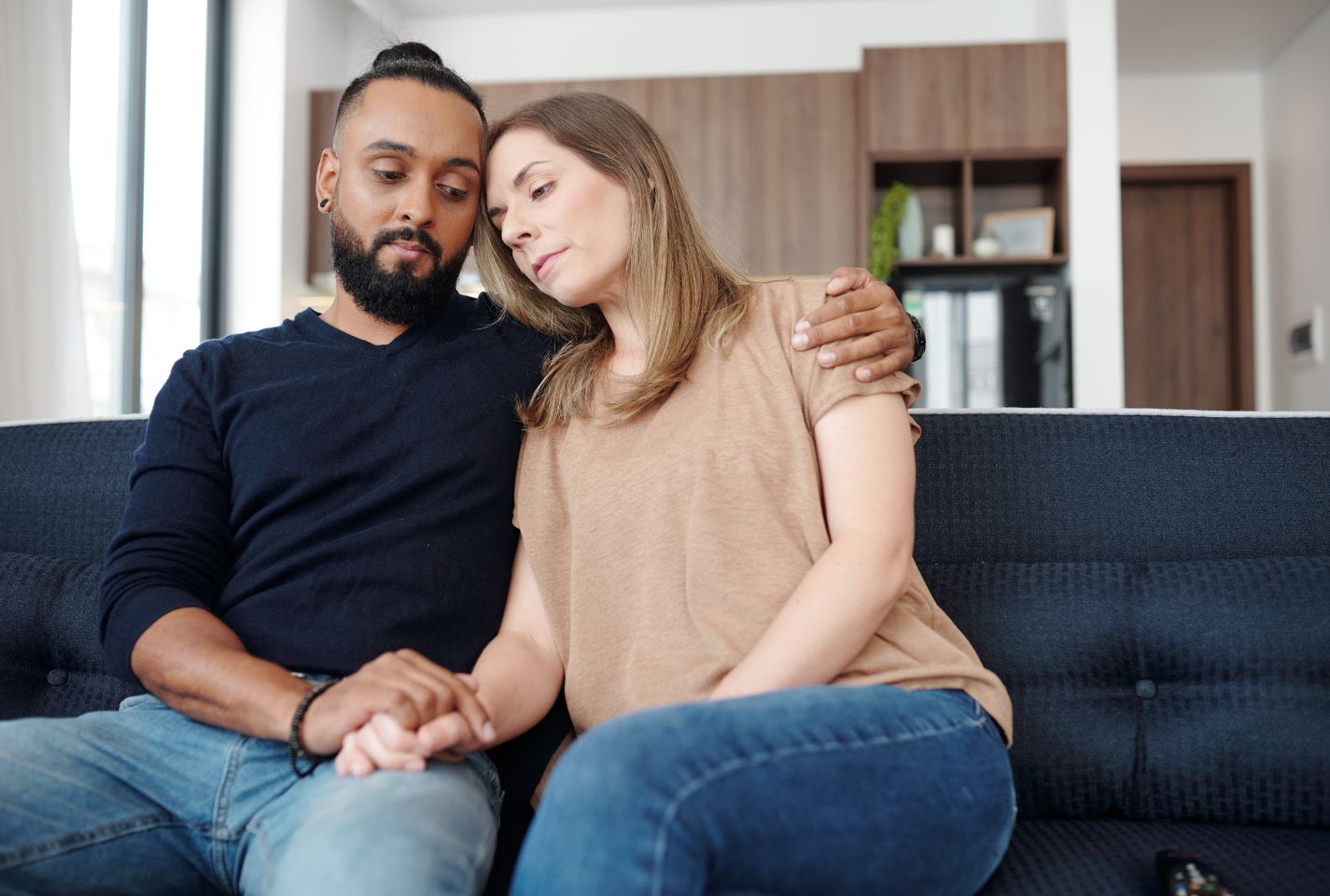
If their former partner has gone completely cold turkey with zero contact, loss then fully sets in for avoidants. Their worst childhood abandonment fears awaken with a vengeance.
Panic replaces indifference, and rather than feeling relieved at the break from pressure, they feel absolutely terrified at the permanence of the loss ahead.
Previous irritations with their partner’s “neediness” morph into sentiments of grieving. It hits them – “this valued person cared about me and fought for me, yet I took them for granted and pushed them away one too many times.” Regret takes center stage.
Common Thoughts/Feelings in Stage 3

- “Why do I keep abandoning people I genuinely care for?”
- “Will I end up alone because I’m too dysfunctional?”
- “I’ll never find love if I don’t change my patterns.”
- “I miss them so much – maybe it’s not too late?”
These painful epiphanies shine light on the maladaptive nature of their avoidance attachments. Growth becomes possible if avoidants choose to do the hard work with a therapist to heal their deeper wounds.
Some wake up and decide they must fight for the relationship that still holds promise and meaning. Which brings me to…
Stage 4: Attempts to Reconnect
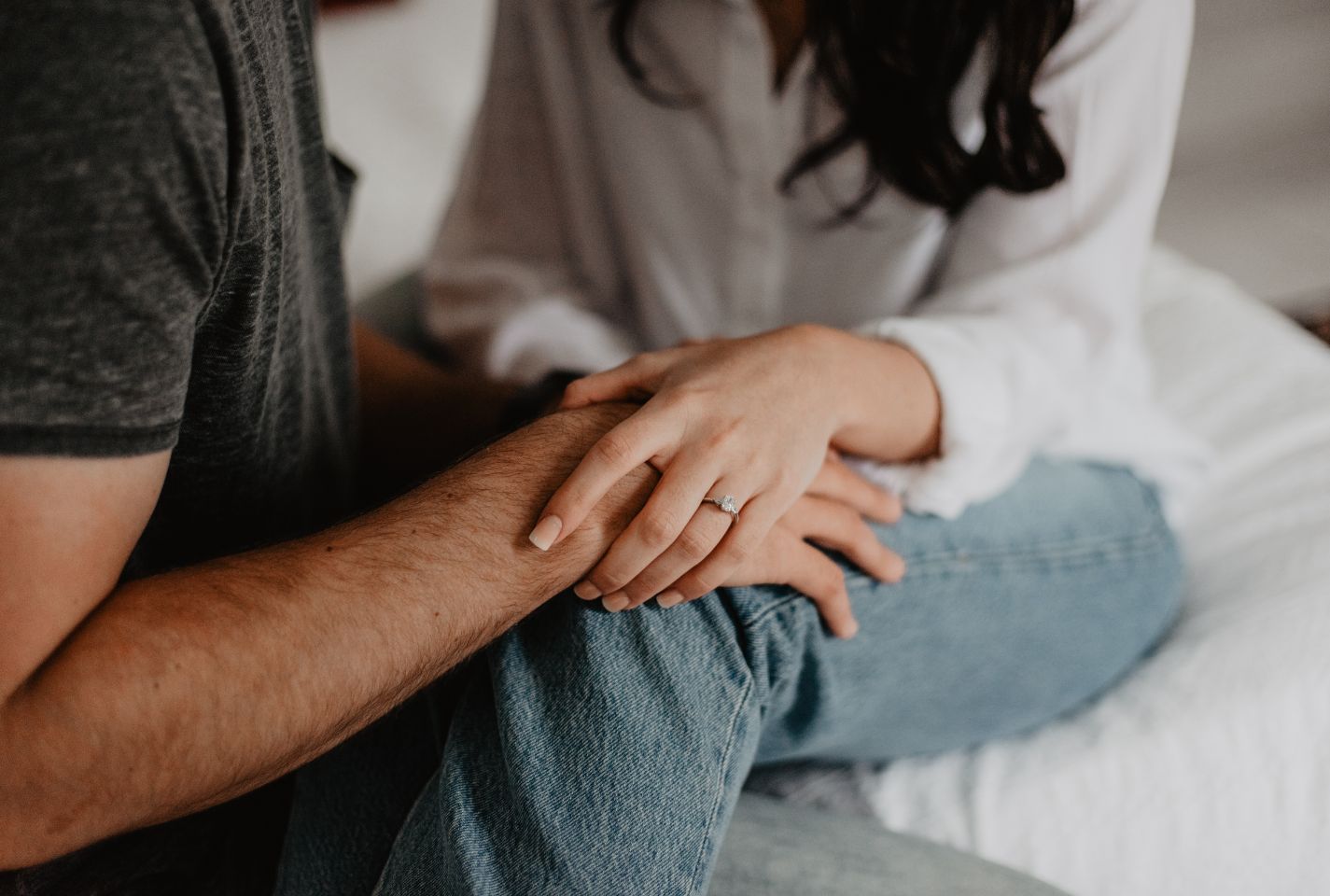
In Stage 4, avoidants may try to carefully and casually reach out to their former partners, just to “test the waters.”
They tend to use an indirect communication route seen as lower stakes (like liking social media posts or sending funny memes).
If former partners respond positively, sharing intimate life updates during continued communication, avoidants then muster up the courage for an emotional reconnection conversation. However, due to past relational trauma, expressing affection and apologies generally feels vulnerable for avoidants.
If former partners stay silent or display cool indifference to their test attempts, avoidants experience intense anxiety over permanent rejection. They may outwardly try to mask this anxiety by pretending “all is fine.” Their avoidance instinct kicks in, convincing them relationships and love weren’t meant for them anyway.
Inside though, the grief over losing “the one” slowly eats away for those who genuinely cared for their partners. Avoidants’ wounds and faulty self-protective barriers drive them to isolate themselves all over again.
For Non-Avoidant Partners – Healthy Next Steps
If you are or were the non-avoidant partner on the receiving end of hot/cold behaviour, what are wise next steps when you halt your chasing?
1. Cut Out Pressure & Ambiguity
The first step is to directly but compassionately convey your boundaries to your avoidant partner through open and honest dialogue.
Spell it out clearly – the chasing stops until they can commit to investing in the relationship in good faith and meeting your core needs around intimacy. Continuing chase games drains the joy from relationships.
You must also commit to detaching emotionally if needs cannot be mutually met after a reasonable trial reconnection period. State what you feel is fair, but stick to enforcing those standards.
2. Shift Focus Inward
Regardless of what your avoidant partner ultimately decides, redirect your focus inward to your own healing and growth.
As the saying goes “you must fill your own cup first before pouring into others.” Replenish yourself by reconnecting with old hobbies, friends, family etc. Discover new passions and dreams to build your confidence.
Engage in therapy to resolve lingering attachment wounds or self-esteem issues. Learning to meet your own intimacy needs first equips you to then healthily engage in relationships without losing yourself.
3. Reflect on Your Vision for Love
Utilize any pain from the experience to gain wisdom around what ultimately serves your spirit and way of being. After taking space to grieve and process, envision what type of healthy love you desire, then decide whether this relationship still fits that vision.
Sometimes loves serve their purpose and peacefully close their chapters to make space for new stories. Other times, they transform and reach richer depths upon rising from ashes – but both partners must walk through the fire.
Final Thoughts
In closing, as you navigate next steps with an avoidant partner, approach from a place of compassion – for them and yourself. Simply stopping the chase won’t guarantee any particular reaction or change from avoidants. Release false hope and hand your expectations over to the universe.
Focus on your journey of growth; the rest will organically unfold. Wishing you patience and wisdom for the road ahead.

